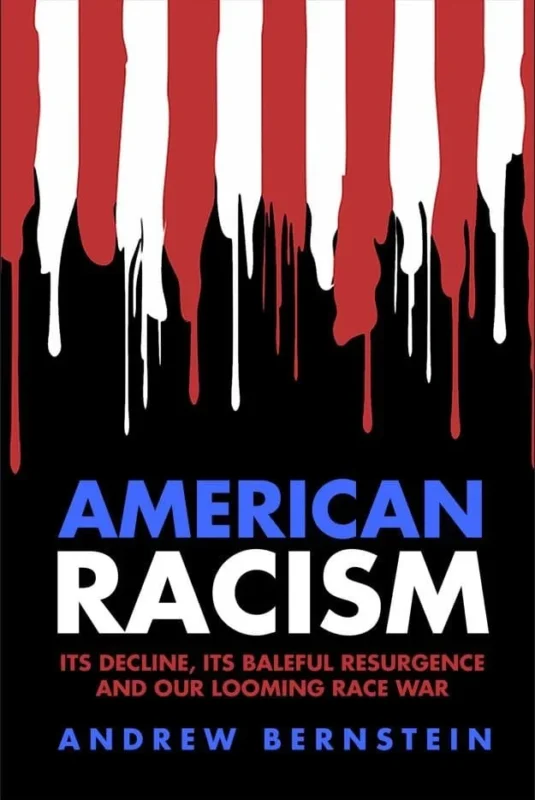A recent issue of The Chronicle of Higher Education had the front-page headline: “The Global Debate Over Affirmative Action.” Inside, there were five full pages on group quotas in
While it is unusual for American journalists to recognize that group preferences and quotas exist in other countries, what was all too usual were the slippery semantics with which affirmative action has been discussed in countries around the world.
The Chronicle of Higher Education’s discussion of affirmative action in Malaysia, for example, says that it began because “ethnic Malays held relatively little economic power” and because of a “colonial legacy under which the country’s more urbanized Chinese inhabitants tended to prosper.”
In reality, under colonial rule the British provided free education to Malays but the Chinese minority had to provide their own — and the Chinese still completely outperformed the Malays, both in educational institutions and in the economy. Performance differences are what slippery semantics try to evade, whether in
One of the architects of the quota system in
A wall against Malays in
Again, such semantic gymnastics attempt to evade the obvious: Some groups perform a lot better than others, whether in education or the economy and whether in
Back in the 1960s, when university admissions were based on academic performance, students from the Chinese minority outnumbered students from the Malay majority. When it came to engineering degrees, the Chinese outnumbered the Malays 404 to 4.
None of this was mentioned in The Chronicle of Higher Education. My own research over the years turned up these facts.
While quotas changed the numbers in
As a result, the Malaysian government announced last year that admissions to the universities would now be by academic records, with computers determining who gets in and who does not, without regard to ethnicity.
Although affirmative action programs have often been described as “temporary” or “transitional” in various countries around the world, this is a rare case where such policies actually ended. Most group preferences and quotas not only persist but spread, either covering more activities or more groups, or both.
Both in
My research has turned up other similarities among affirmative action programs in other countries. For example, even when they are sold as ways to help the less fortunate, they end up helping the more fortunate. That has been true in
Black millionaires have been able to take advantage of various group preferences far better than poverty-stricken people in the ghettos. Among the wealthy black athletes who have benefited are Julius Erving and O.J. Simpson.
Most people who are for or against affirmative action are for or against the theory of it — and pay little attention to the hard facts. My approach has been to examine the facts. My recently published book “Affirmative Action Around the World” is subtitled “An Empirical Study.” The time is long overdue to start looking at what actually happens under this program, as distinguished from what people hope or fear will happen.










